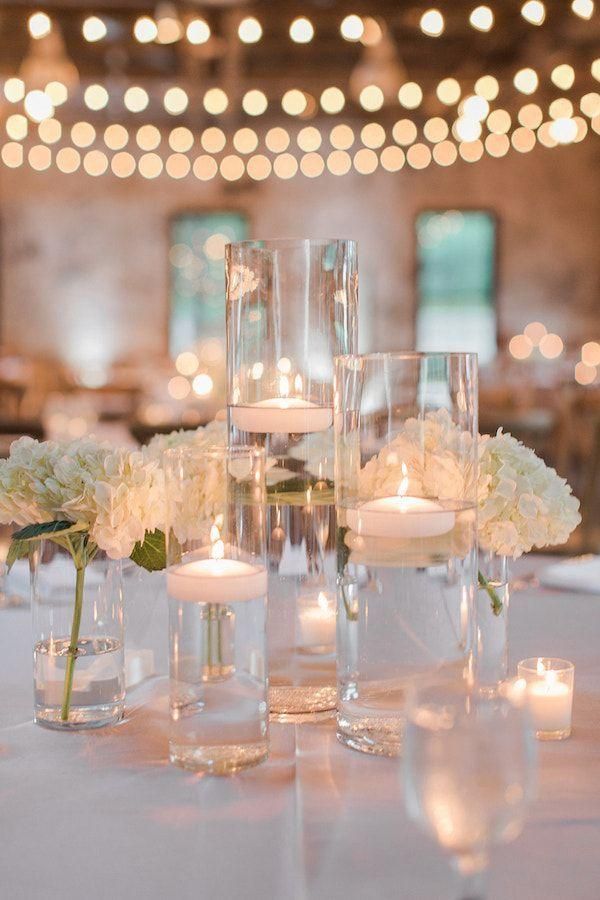Exploring Regenerative Practices in Bridal Fashion: A Sustainable Future for Weddings
Introduction to Regenerative Practices in Bridal Fashion
As eco-consciousness continues to grow, regenerative practices in bridal fashion have taken center stage. This innovative approach not only benefits the environment but also transforms how we perceive luxury and sustainability within the wedding industry. In this article, we will explore what regenerative practices entail, their implementation in bridal fashion, and the overall impact they have on the industry as a whole.
What are Regenerative Practices?
Regenerative practices go beyond sustainability; they focus on restoring and rejuvenating ecosystems and communities. In the context of bridal fashion, this means creating wedding attire that not only minimizes harm to the environment but actively contributes to ecological balance.
Key elements of regenerative practices include:
- Renewable resources: Using materials that can replenish naturally.
- Carbon positive processes: Engaging in manufacturing processes that reduce greenhouse gas emissions.
- Community engagement: Investing in local artisans and sustainable suppliers to elevate their livelihoods.
The Importance of Regenerative Practices in Bridal Fashion
Bridal fashion has traditionally been associated with extravagant excess. However, the rising demand for eco-friendly and ethically sourced garments has pushed designers and brands to rethink their approaches. The importance of regenerative practices addresses several key issues:
| Issue | Impact of Regenerative Practices |
| Environmental Pollution | Reduction in harmful waste through sustainable materials. |
| Social Responsibility | Empowerment of local artisans and fair labor practices. |
| Consumer Awareness | Increased education about the lifecycle of garments. |
Innovative Designers Leading the Change
Several forward-thinking designers are pioneering regenerative practices within bridal fashion. These brands are not only designing beautiful gowns but are also committed to responsible manufacturing. Here are some notable names:
- Reformation: Known for their commitment to sustainability, Reformation focuses on creating stylish garments from deadstock and eco-friendly materials.
- Sarah Seven: This designer emphasizes the use of sustainable fabrics and a made-to-order production model, significantly decreasing waste.
- Grace Loves Lace: They utilize a range of sustainable materials in their Wedding dresses and are known for their transparent supply chain practices.
Materials Used in Regenerative Bridal Fashion
When it comes to choosing fabrics and materials, regenerative bridal fashion showcases a variety of eco-friendly options. Some of the most commonly used materials include:
- Tencel: Made from sustainably sourced wood pulp, Tencel is biodegradable and environmentally friendly.
- Organic Cotton: Grown without synthetic pesticides or fertilizers, organic cotton is a popular choice for eco-conscious brides.
- Recycled Fabric: Utilizing recycled materials helps reduce waste and conserves resources.
The Role of Technology in Regenerative Practices
Technology plays a pivotal role in optimizing regenerative practices in bridal fashion. By leveraging innovation, designers can significantly reduce their ecological footprints. Some technologies worth mentioning include:
- 3D Printing: Allowing designers to create custom patterns with minimal waste.
- Blockchain: Ensuring transparency in the supply chain, allowing consumers to trace the origins of their Wedding dresses.
- Digital Fabric Printing: Reducing the need for excessive dyeing and minimizing water usage in the manufacturing process.
Consumer Trends and Preferences
With millennials and Gen Z becoming primary consumers in the wedding market, a shift towards ethical purchasing and regenerative practices is evident. Research shows that younger generations value brands that demonstrate a commitment to sustainability.
Some trends fueling this change include:
- Second-Hand Weddings: Many brides are opting for vintage or pre-loved gowns, which aligns with regenerative ideals.
- Custom and Made-to-Order Dresses: Minimizing overproduction by investing in unique, tailor-made gowns.
- Eco-Friendly Accessories: From biodegradable confetti to sustainable floral arrangements, couples are seeking ways to green their entire wedding experience.
Challenges in Implementing Regenerative Practices
Despite the myriad advantages, the transition to regenerative practices in bridal fashion is not without obstacles. Common challenges faced by designers and brands include:
- Cost Implications: Ethical materials and processes can often be more expensive, making it harder for brands to adopt.
- Consumer Awareness: Not all consumers are informed about the practice; marketing efforts are essential.
- Supply Chain Issues: Sourcing truly sustainable materials can be arduous and complex.
Conclusion and Recommendations
Regenerative practices in bridal fashion offer a remarkable opportunity for the wedding industry to align itself with values that prioritize environmental and social responsibility. As consumers become more discerning, brands that embrace these principles will likely find themselves at the forefront of the market.
If you are planning your wedding and considering the impact of your choices, here are some recommendations:
- Research brands that focus on regenerative practices.
- Consider renting or buying second-hand to decrease your carbon footprint.
- Support local artisans and sustainable suppliers for your wedding needs.
In summary, the future of bridal fashion is intricate and interconnected with the wellbeing of our planet and communities. As the industry evolves, embracing regenerative practices will not only redefine luxury but promote a more sustainable and ethical approach to weddings for generations to come.
